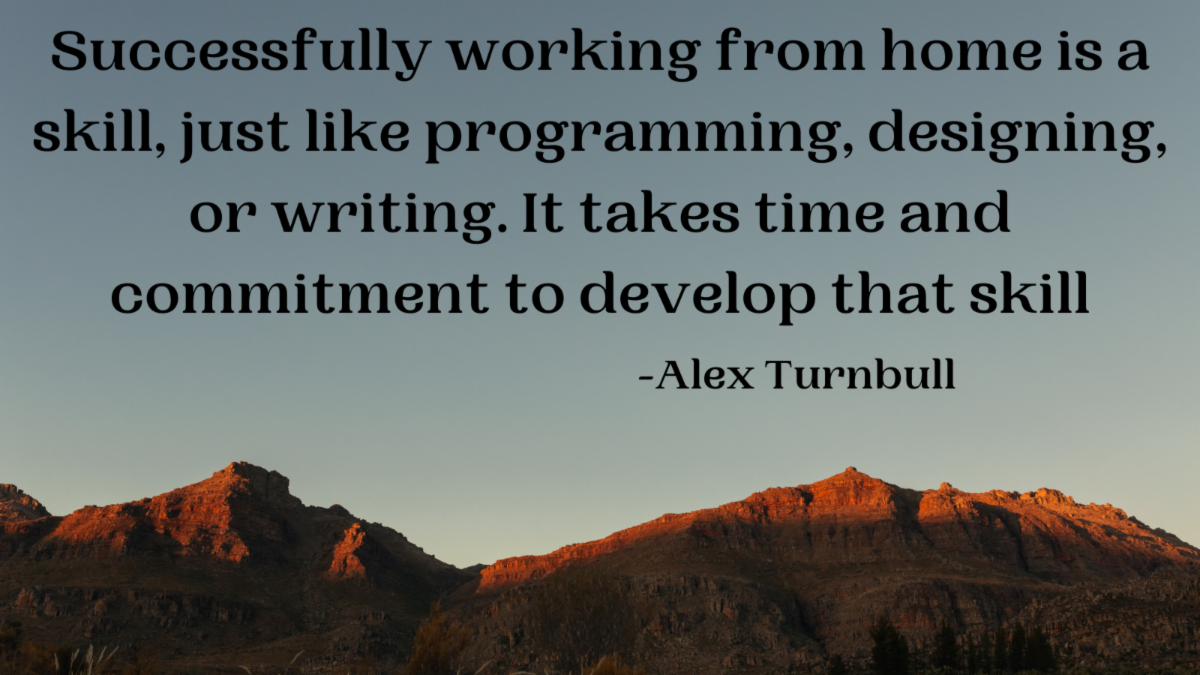
August 26, 2021
Thinking About Leadership Vertically And Horizontally
Most leaders climb the corporate ladder by leading vertically. They focus on their direct reports and team (downwards) and working productively with their boss and senior leaders (upwards). This vertical focus on leadership frequently enables an effective climb. But many leaders stall out around the senior level and can’t transition to the executive level.
What stops them from reaching the top? Often, the very thing that made them successful to this point: working too much vertically and not enough horizontally. Horizontal leadership is about collaborating with peers and those outside of one’s reporting hierarchy. It’s the cross-functional leadership that breaks down silos and gets to the heart of organizational issues.
This approach to leadership, with a balance of effectiveness on both vertical and horizontal, is a primary difference between senior managers and true executives.
Years ago I worked with AT&T at a time when they were integrating four companies to create one Fortune 20 giant. The CEO, Randall Stephenson, kicked off our leadership session with the top 50 executives in the company. He suggested that the new entity could absolutely deliver on the investment thesis shared with Wall Street. But then admonished the group, saying the problem was that considerable profit was being missed because “dollars are falling through the cracks between the silos we’ve created.” Working horizontally was the solution.
To think more horizontally as a leader:
- Identify ways resolve issues with other senior leaders,
- Make the time to facilitate collaboration between teams,
- Drive alignment by focusing on common objectives
Be the one to toss the ladder sideways and bridge the gap between the silos. Its the sign of a real executive. And both you and the company will level up.
Is Your Advertising And Marketing Spend A Good ROI Or A Waste?
Companies focus incredible amounts of money on developing leads through advertising and marketing under the assumption that leads will deliver buyers. All the Sales organization must do is close the deal, right?
Unfortunately, it rarely happens that way. Too often leads are far from ready buyers or even bona fide prospects. As a result, Marketing complains that Sales can’t close the leads and the Sales team counters that the Marketing team doesn’t understand the difference between a click and real lead. I hear this all the time.
If you have not invested in getting your sales team ready to guide those leads with a compelling sales experience, you are likely burning money.
Before investing in advertising and marketing to channel leads to your sales organization, ask yourself the following questions:
- Do we understand what makes a lead worth pursuing?
- Do we have an approach to separate the “wheat from the chaff” and concentrate our efforts?
- Do we have a plan for delivering value in the sales experience?
- Does the sales organization, from top to bottom, understand their role in delivering that value?
Read more about how to design and deliver a better sales experience in my recent Forbes article - Building a High-Performance Solution Sales Organization.
Dealing With Anger
We all get angry. And it’s easy to blame others for our anger. It lets us off the hook for our behavior. But no matter how justified we may feel in blaming others, we are responsible for our emotions and our actions. We can’t control the feelings that arise, but we can control how we respond to them. Next time you feel anger setting in, get curious instead of reactive. It may help to give yourself some space from the situation. But take time to think about and attend to what is really causing the anger. It’s not always as straightforward as it seems. Then figure out the best way for you to respond and determine an approach that will help you get to the root of the problem. Ultimately, you are responsible.
Current Read
Stop Networking, Start Connecting
Are you struggling to reconnect with your colleagues in person or meet new people? The pandemic sent many of us into a more isolated workplace, removing our traditional ability to connect. But as this slowly starts to change, we need to consider how to find and develop connections again.
Susan McPherson, a communications consultant, discusses her “gather, ask, do” method for building connections in the HBR IdeaCast Episode “Stop Networking, Start Connecting.” The framework can help you naturally build deep connections throughout your professional career that are beneficial to both parties. Listen to the podcast to learn more about this method and how to switch from transactional-style networking to building meaningful connections.
Quotable


